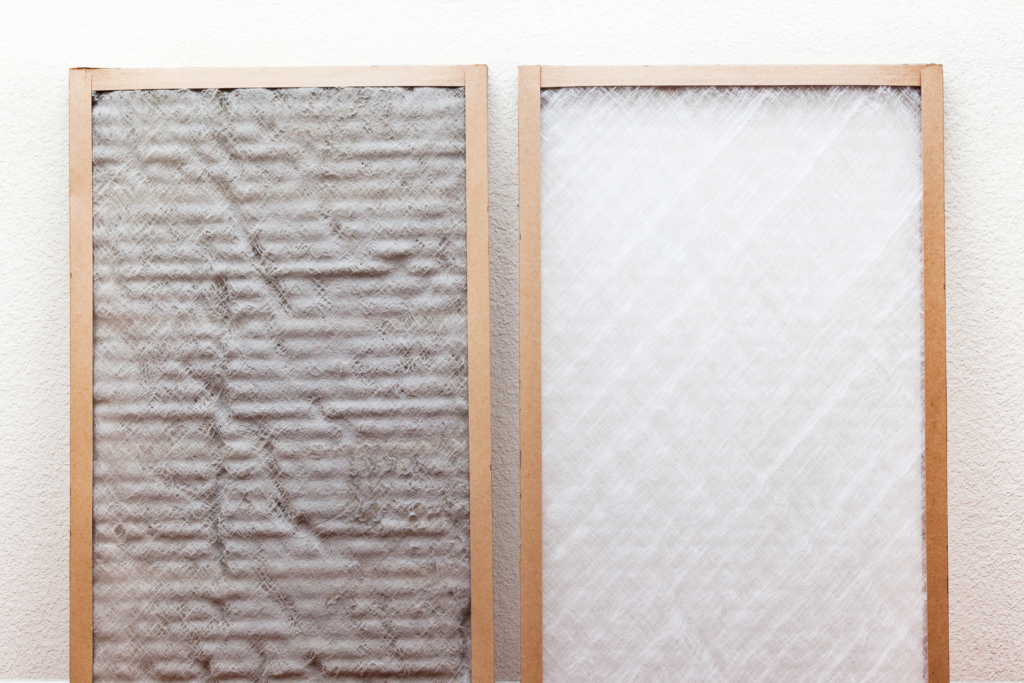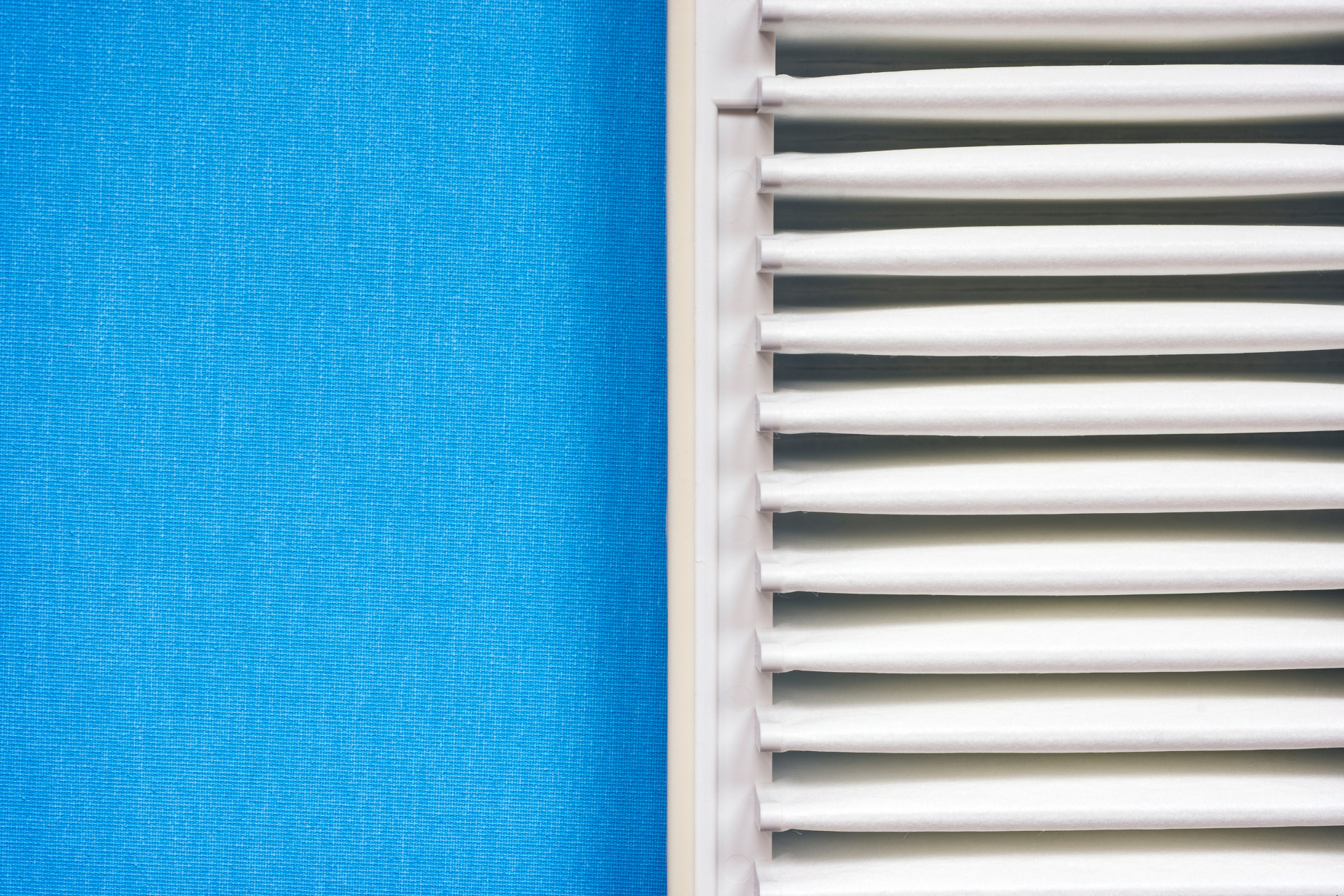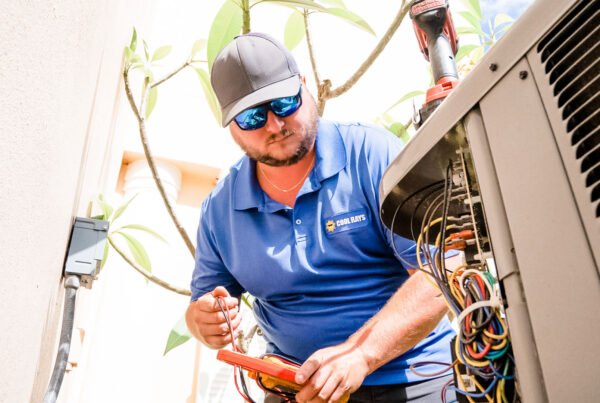What You Should Know About Filter Ratings

Our top rule for taking care of your HVAC system is simple: change your air filter regularly (every month!).
But how do you know you’re getting the right air filters? One of the most important things is the air filter’s effectiveness – its rating.
There are three systems used to rate filters: MERV, MPR, and FPR. Today, we’re going to be breaking down each air conditioning filter performance rating system, including the different scales, what they mean, and what you’ll want for your HVAC equipment!
What are Air Filter Ratings?
FPR, MPR, and MERV filter ratings show the ability to remove different kinds of particles from your home’s air.
The air filter rating determines what airborne particles (like pet dander, dust mites, mold spores, tobacco smoke, airborne pathogens, etc.) will be caught in the filter – and which are more likely to get through. Higher-rated AC and furnace filters can improve indoor air quality with better air filtration.




Understanding the Different Rating Systems
The three types of filter rating systems measure the same thing: filtration ability. This is the size of the small particles that it can block, measured in microns ranging from .001 to 500 microns.
However, the different systems can be kind of confusing since they use a variety of numbering and labeling. Let’s take a look at how these filters compare and where they come from.
MERV Ratings (1-20)

“MERV” stands for Minimum Efficiency Reporting Value, and it was created by the American Society of Heating, Refrigerating, and Air Conditioning Engineers (ASHRAE). The MERV rating chart is universal, and you can use it when comparing different brands and comparing one filter’s ability to another.
A higher MERV rating can capture debris as small as smoke particles and bacteria, while a lower MERV rating filter only deals with pollen, hair, and dust mites.
When looking at the MERV scale, you’ll discover that filters with a MERV rating of 1-10 are used for residences, while a rating of 14+ is for specialized filters that catch ultrafine particles like carbon dust, bacteria, viruses, and even ink fumes. These are used in facilities that prioritize clean air flow, like laboratories and hospitals.
MPR Ratings (100-2800)
MPR stands for “Microparticle Performance Rating” and was developed by 3M as a rating system for the company’s HVAC filters. While the MERV system looks at particles between o.3 and 10 micrometers, the MPR scale measures how well it keeps the air clean from particles smaller than 1 micrometer.
FPR Ratings (1-10)
FPR air filter ratings were created by The Home Depot for their own brand. FPR filters below 4 only capture large particles bigger than lint and dust, and FPR 10 filters can capture large and small particles like auto emissions exhaust particles, lead dust, combustion smoke, and even odors.
Which Air Filter Do I Need for Indoor Air Quality?

The type of rating system isn’t the important part of getting a new filter. It’s the number itself. The MERV chart is universal, so we’ll refer to it here, but you can buy any MERV, FPR, or MPR filters for your home!
The recommended MERV rating for homes is between 8 and 10, Anything higher than 7 will be the best air filter for improved IAQ. However, these are often a little more expensive.
A low MERV rating will be more affordable, but will only remove larger particles: sanding dust, pollen, carpet fibers and lint, cement dust particles, and pet fur.
Can air filters be too good? Yes!
Higher MERV ratings reflect superior filtering for smaller particles, but they’re not typically used in homes. They increase resistance as HVAC systems push air through the system – which can cause a pressure drop and make your system work harder. This can create wear-and-tear damage! When looking at new filters, choose one that’s good – but not medical-grade good.
If you need some help finding the right air filter for your space, then it’s time to call Cool Rays AC! We also offer Indoor Air Quality assessments and products for incredible comfort around the clock.




